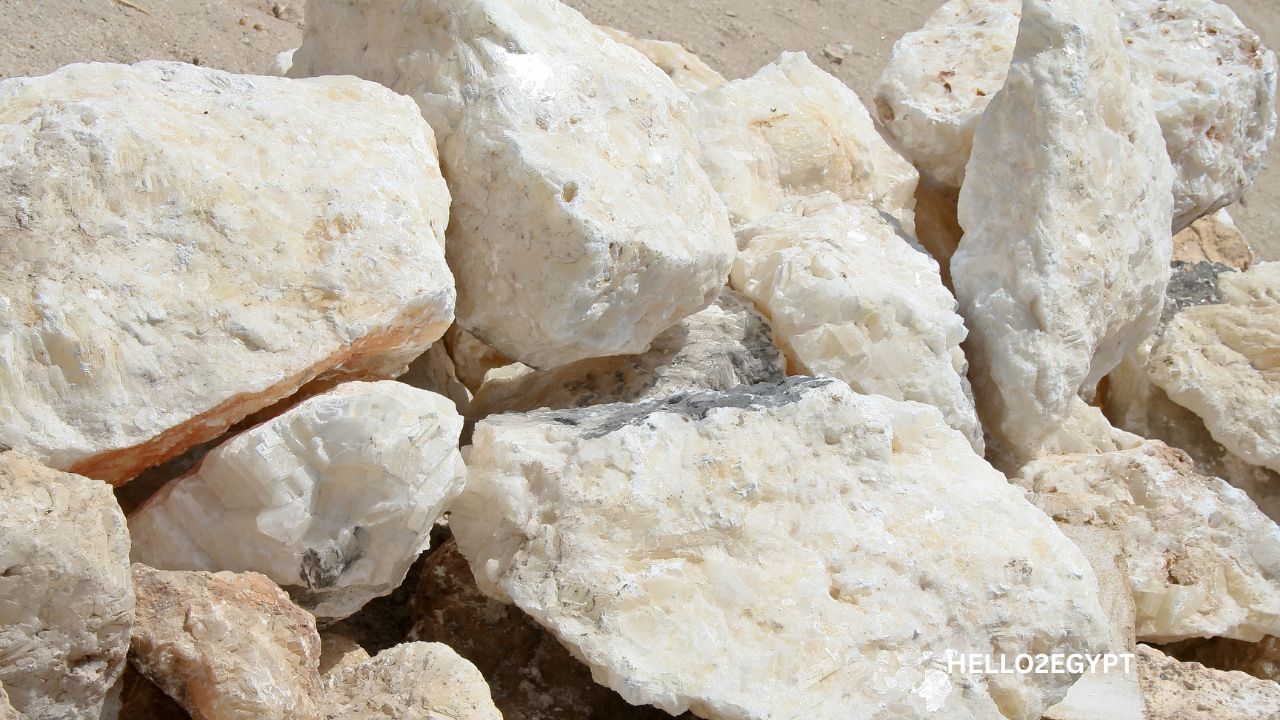El Bawaba Lodge Shop is home to ceremonial scultures of gods and goddesses, amulets and meditation crystal. Local artisan masters meticulously create sculptures of Gods and Goddess enshrined for eternity in ancient Egypt. We specialise in highest quality Gods and Goddess sculptures. There is special focus upon Sekhmet in white calcite and black granite. Today local craft masters in the Theban Necropolis execute sculptures like ancient workers. Many are relatives of the boy who discovered Tutankhamun's tomb in 1922, Hussein Abdel Rasoul. Commisioned sculptures can be purchased and collected within 2 days or shipped internationally via DHL.
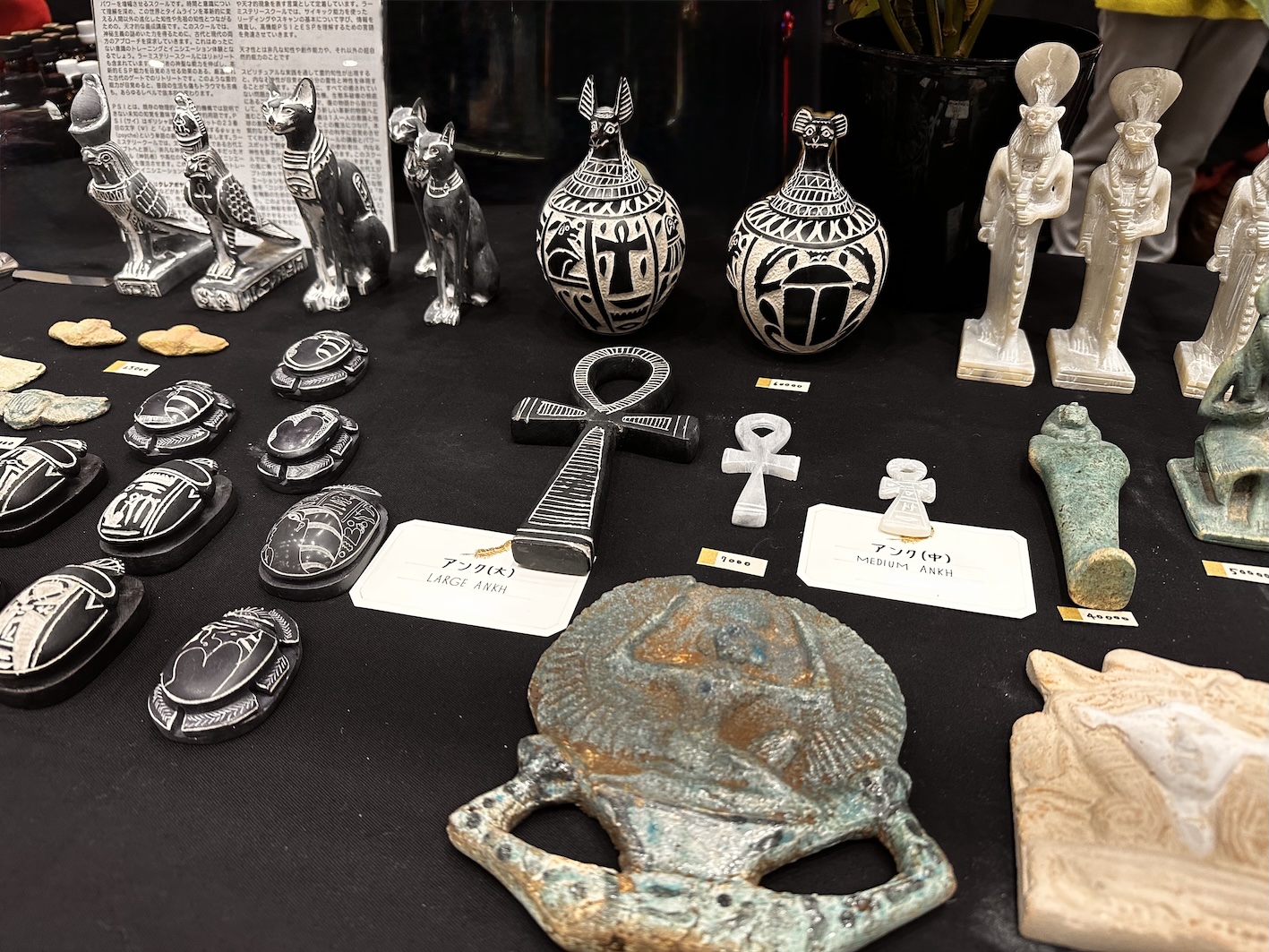 ![]!
![]!
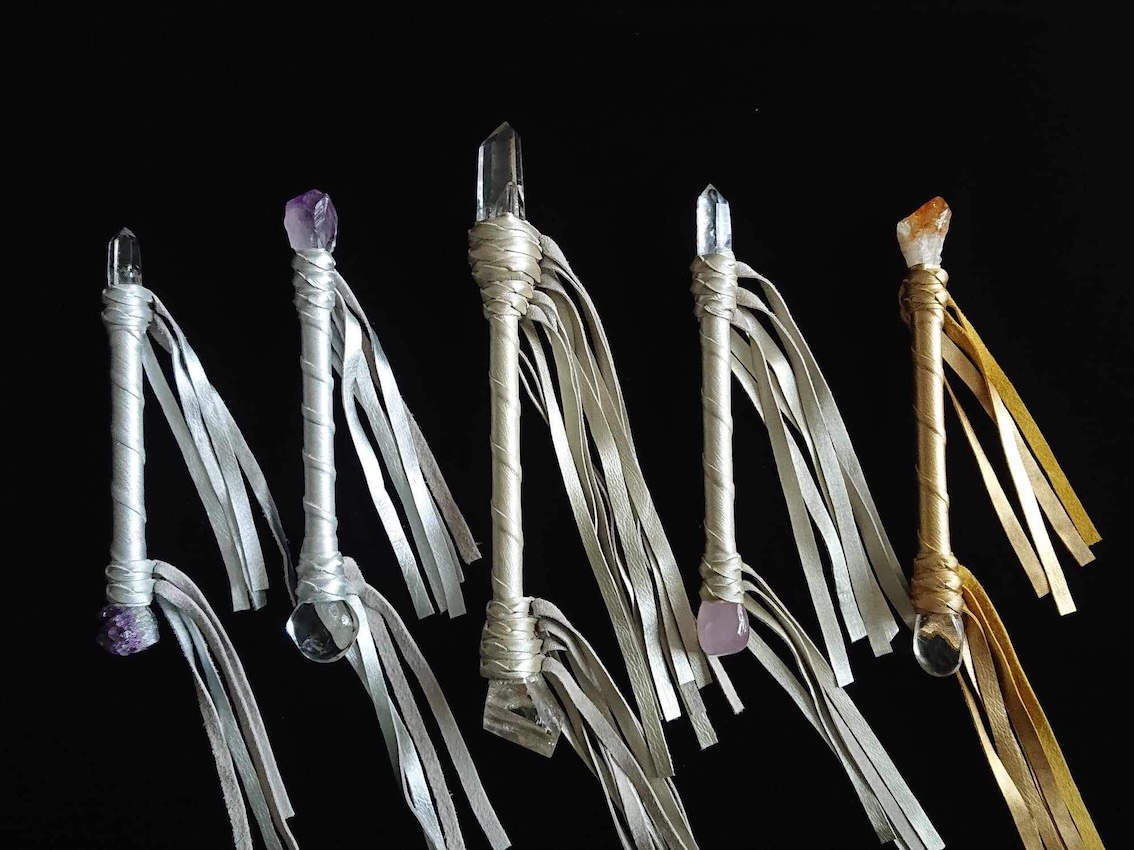
‘His majesty sent me to Hatnub (The Mansion of Gold), to bring a great altar of alabaster of Hatnub. It landed at the pyramid.' Merenre-appears-in splendour safely.’Weni, Governor of Upper Egypt, Pharoah, Merenre, 2283-2278 BC.
Alabaster was formed by the precipitation of calcium carbonate in limestone beneath the Sahara. It’s was known as Ss SHES or Bt BIT. Alabaster featured in canopic embalming vessels (until 26 dynasty), cosmetics and perfume oils. Objects were enshrined in ritual and ceremonial purity and religious power almost equal to gold.
Hatnub was a quarry site in Egypt's Eastern Desert, renowned for its high-quality alabaster. It's located 65 km (40 mi) southeast of modern el-Minya and 20km south-east of Amarna. The site was in use from Old Kingdom through the Roman period.
Calcite Alabaster: The tomb of Tutankhamun (d. 1323 BC) contained a practical objet d’art, a cosmetics jar made of Egyptian alabaster, which features a lid surmounted by a lioness (goddess Bast).
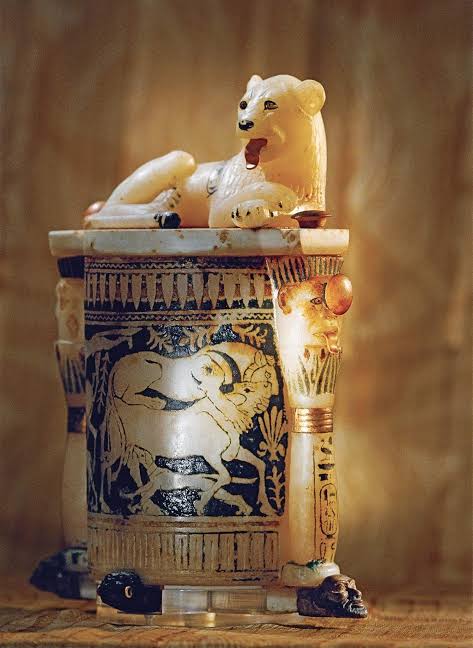
An exquisite alabaster perfume jar from the tomb of Tutankhamun in the Cairo Museum. Found between the two outer shrines of Tutankhamun's burial was this perfume vase, made of four pieces of alabaster cemented together.
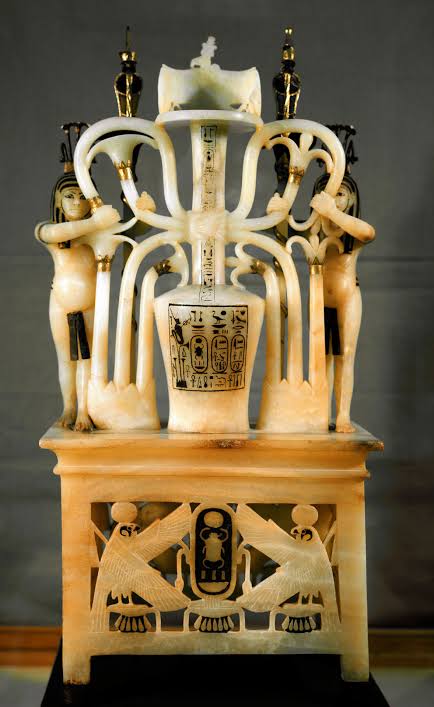
The Sarcophagus of Seti I, discovered in his tomb (KV17) in the Valley of the Kings, is a massive, intricately carved alabaster structure. It served as the final resting place for the pharaoh's mummy and coffin, and is renowned for its elaborate decoration with scenes from the Book of Gates, a funerary text detailing the journey through the underworld.
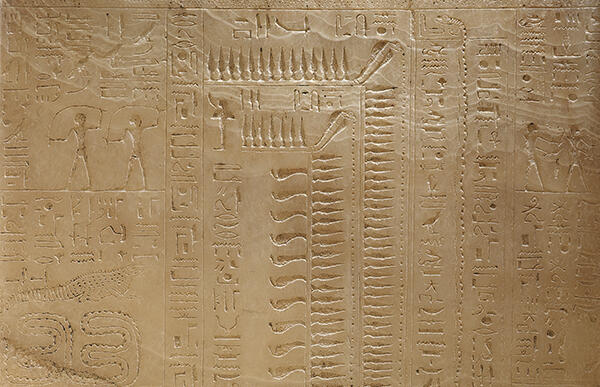
Our Wands are designed by Ash and created by my team in Japan. This ensures sustainability and ethical connection with the intelligence systems of earth and universe. We often design with vintage Japan kimono and ethically sourced leather. A conductor design of copper or bamboo, with carefully balanced crystals and minerals. Luxor artisan calcite amulets and hand-crafted gods feature in the designs. Egypt's mythologies when gods walked as stars upon earth for are the inspiration for every design.
The Pineal is a unique organ that synthesizes melatonin as the signaling molecule of natural photoperiodic environment and as a potent neuronal protective antioxidant. An intact and functional pineal gland is necessary for preserving optimal human health and life. This gland has the highest calcification rate among all organs and tissues of the human body. Pineal calcification jeopardizes melatonin’s synthetic capacity and is associated with neuronal diseases. Ash builds pineal health restoration into El Bawaba Lodge Education Centre.
Calcite Microcrystals in the Pineal Gland of the Human Brain: First Physical and Chemical Studies Baconnier S1, Lang SB, Polomska M, Hilczer B, Berkovic G, Meshulam G.
A new form of biomineralization has been studied in the pineal gland of the human brain. It consists of small crystals that are less than 20 microm in length and that are completely distinct from the often observed mulberry-type hydroxyapatite concretions. A special procedure was developed for isolation of the crystals from the organic matter in the pineal gland. Cubic, hexagonal, and cylindrical morphologies have been identified using scanning electron microscopy. The crystal edges were sharp whereas their surfaces were very rough. Energy dispersive spectroscopy showed that the crystals contained only the elements calcium, carbon, and oxygen. Selected area electron diffraction and near infrared Raman spectroscopy established that the crystals were calcite.
With the exception of the otoconia structure of the inner ear, this is the only known nonpathological occurrence of calcite in the human body. The calcite microcrystals are probably responsible for the previously observed second harmonic generation in pineal tissue sections. The complex texture structure of the microcrystals may lead to crystallographic symmetry breaking and possible piezoelectricity, as is the case with otoconia. It is believed that the presence of two different crystalline compounds in the pineal gland is biologically significant, suggesting two entirely different mechanisms of formation and biological functions. Studies directed toward the elucidation of the formation and functions, and possible nonthermal interaction with external electromagnetic fields are currently in progress.
Copyright 2002 Wiley-Liss, Inc.

